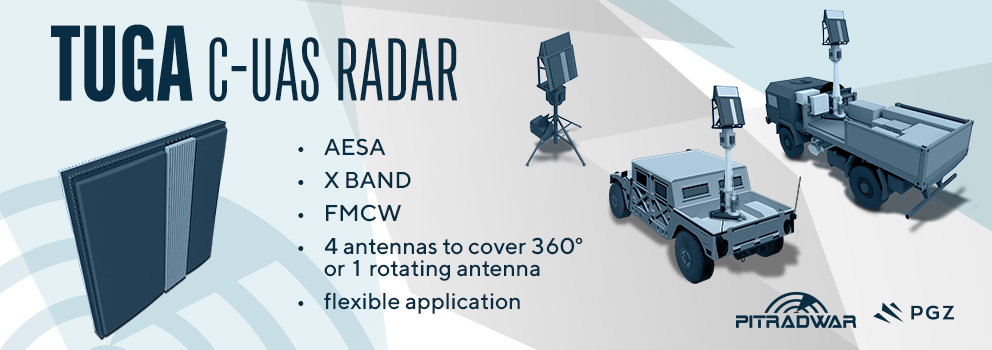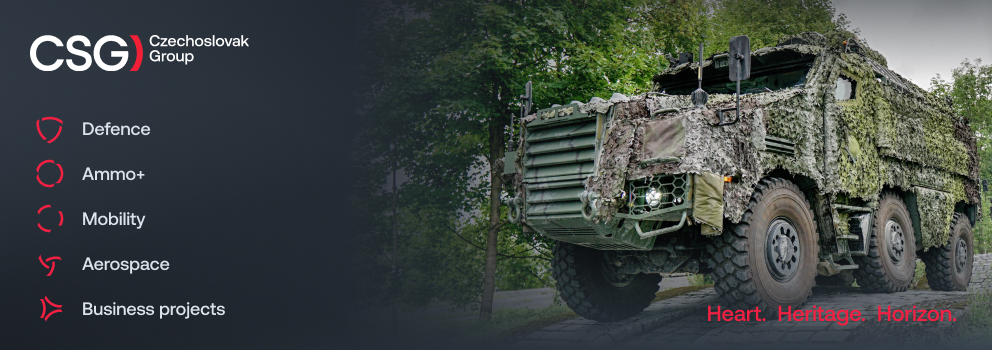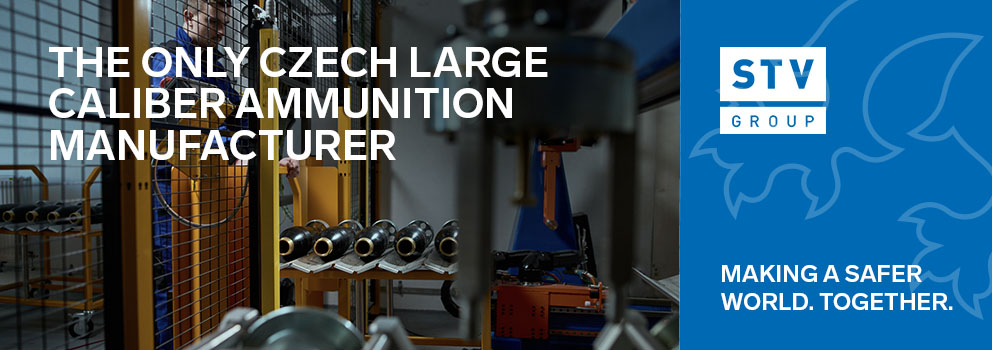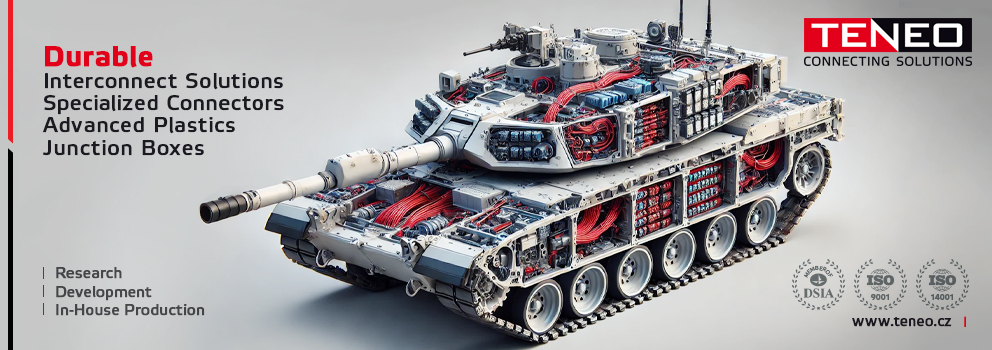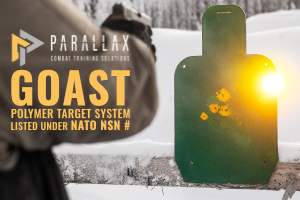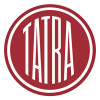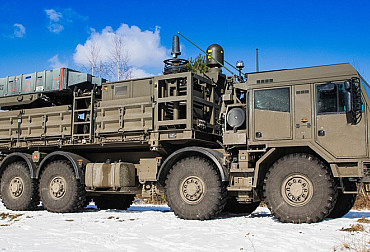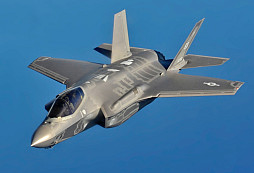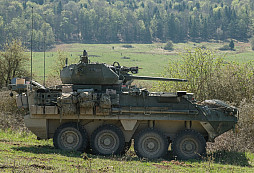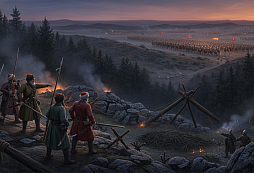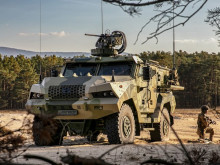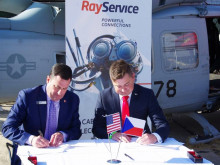Heavy armored Golem and tactical Flyer in action at Bahna Military Day
During the recent Bahna 2025 event, the public had the opportunity to see not only interesting dynamic demonstrations by the Czech Army and historical demonstrations with period equipment, but visitors could also see vehicles brought to Bahna by Czech companies on static display and in action. This equipment included, for example, the MRAP 4x4 STV GOLEM armored vehicle and the Flyer 72 Heavy Duty tactical vehicle, which were presented at the event by STV GROUP, the general partner of Bahna 2025.
Videoreportáž: The heavy armored vehicle Golem and the tactical vehicle Flyer wreaked havoc on the Bahna / CZ DEFENCE
MRAP 4x4 STV GOLEM
GOLEM is a heavy armored vehicle offering top-notch ballistic and mine protection up to STANAG 4a/4b, modular armament, and high mobility even in urban conditions. GOLEM, manufactured under Czech license, aims to become the backbone platform for the Czech Army and foreign partners. This fifteen-ton “little guy” can reach speeds of up to 140 km/h on its giant wheels.
We were interested in what distinguishes this armored vehicle from similar vehicles. "Our GOLEM has large wheels and a relatively short wheelbase, which gives it excellent maneuverability and off-road capability. It has mine resistance at levels 4a and 4b and high ballistic protection for all parts – i.e., the crew compartment, wheels, and engine. The standard crew is two plus six, but it can carry up to 10 people. We already have a license for this machine and are preparing our own production, so it will be a purely Czech product. And not only for customers in the Czech Republic, but also in Ukraine. Large numbers of these vehicles are currently in service in Ukraine and are also widely used in Africa, the United Arab Emirates, and India, where they are manufactured under license," says Pavel Beran, director of special projects at STV GROUP, adding that the vehicle has undergone several combat operations – both with individual users and as part of the so-called “blue helmets,” i.e., UN peacekeeping missions.
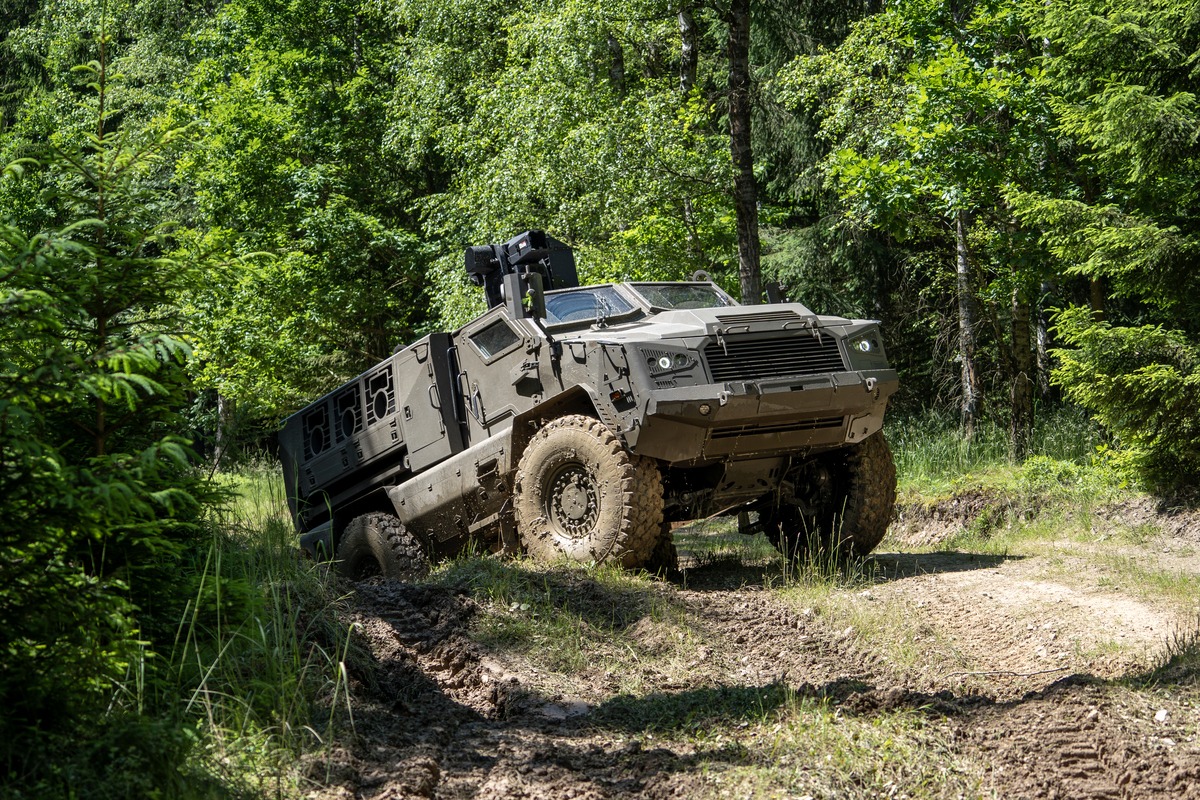
We also learned that GOLEM has a patented chassis design, which is not the “classic V-shape” we are used to seeing on similar vehicles. Compared to similar vehicles, GOLEM also has a much lower ground clearance, which in practice means a lower silhouette, which is very important, for example, when fighting in built-up areas.
“With an engine output of over 450 horsepower, the vehicle has a range of over 800 km, and its dimensions allow it to be transported in standard NATO military transport aircraft such as the C-130 Hercules or Airbus A-400,” says Ivo Strejček, Director of International Cooperation at STV GROUP.
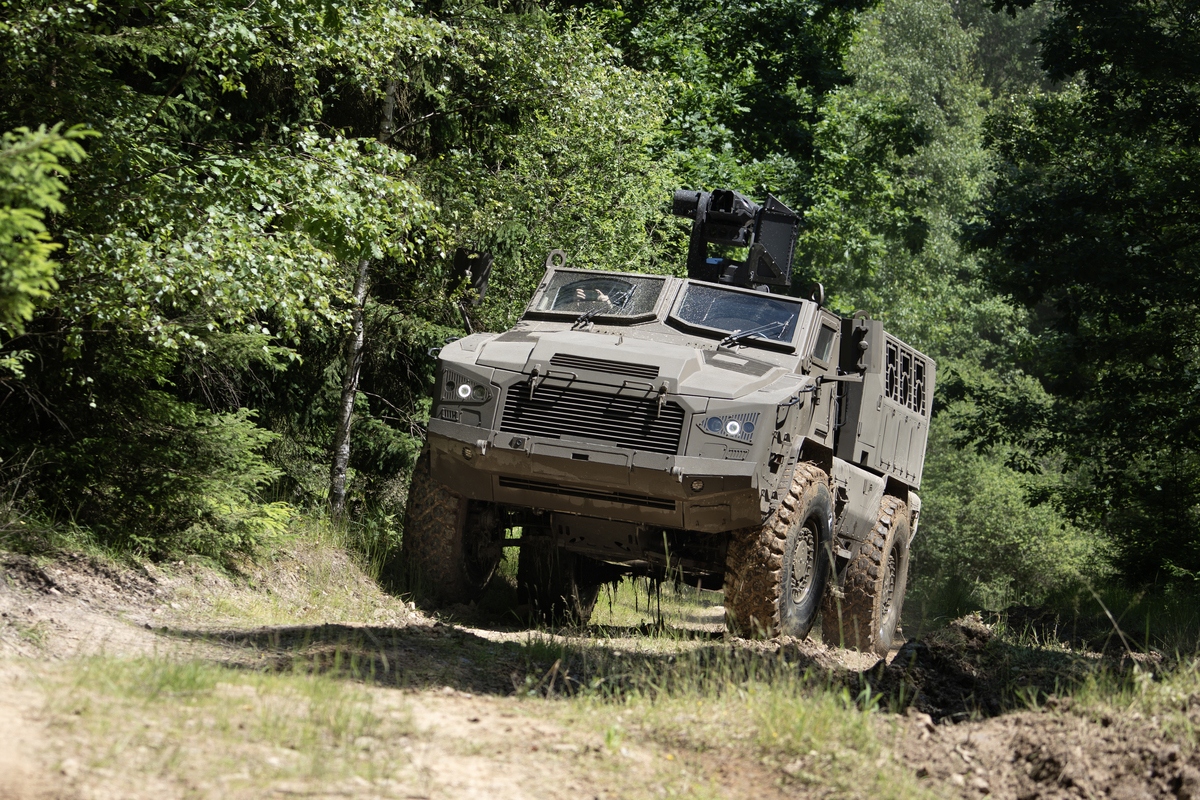
In terms of armament, the GOLEM can be equipped with various weapon stations (manned and unmanned) with a wide range of machine gun calibers (from 5.56 mm to 12.7 mm). The turret can also include integrated anti-tank guided missiles, etc.
STV GROUP does not intend to offer this vehicle only to Czech customers, but aims to become a hub for the entire European market, both in terms of license production and subsequent service provision. “We are not just interested in manufacturing vehicles, but we want to support our customers at all times, more or less on call. We will be able to deliver spare parts, but also come and rescue the vehicle, repair it, and so on,” says Ivo Strejček.
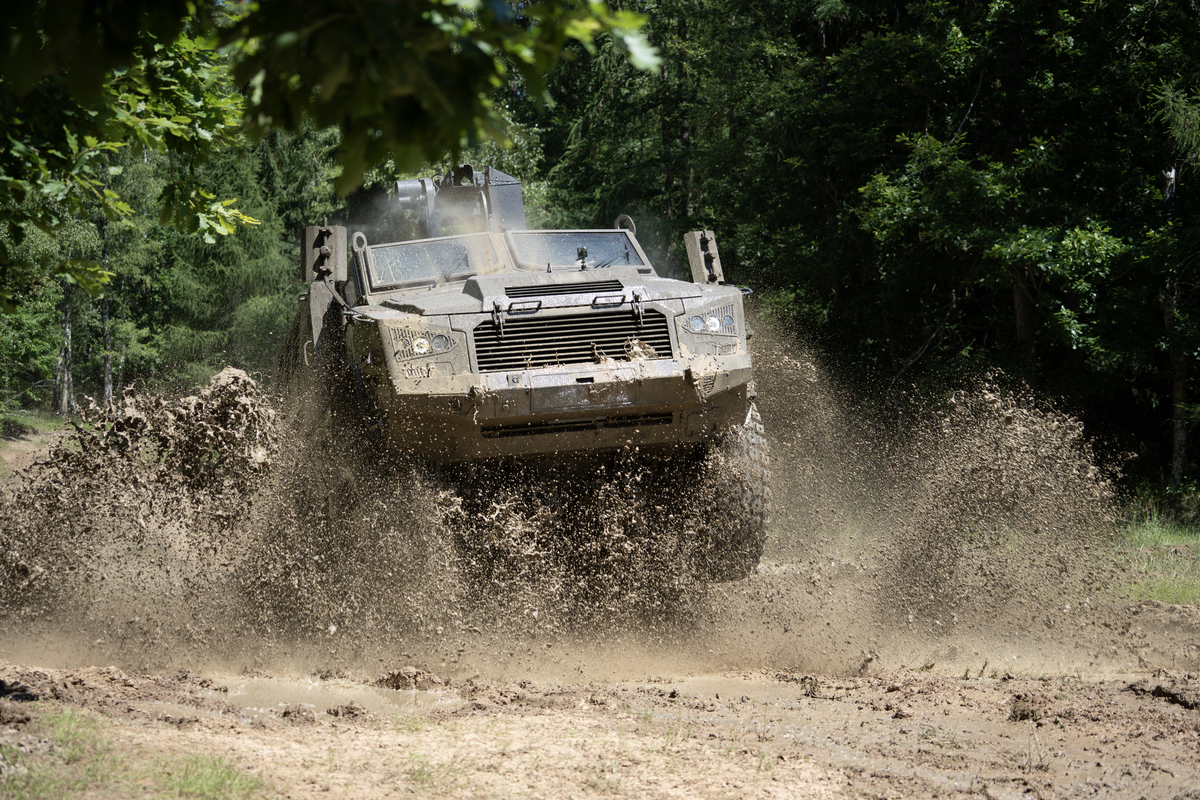
One of the designers of the GOLEM vehicle is Deon Grobler, International Program Director at Quantum Dynamics, who described the main advantages of this armored vehicle to our editorial team as follows: "The vehicle has been proven all over the world. It is very safe, has one of the highest levels of ballistic and blast protection, and excels in exceptional mobility.
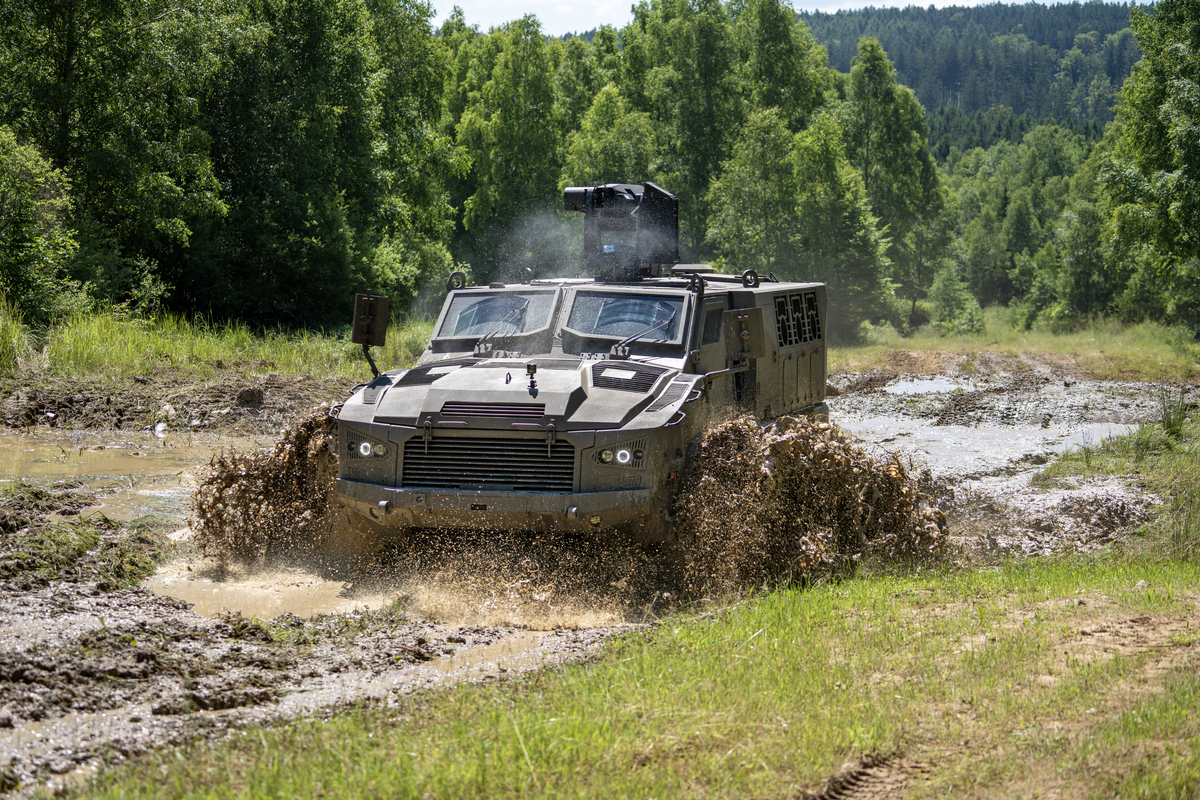
The vehicle has a very unique design, featuring a partially flat floor that provides a low center of gravity and exceptional mobility. The entire engine compartment is also protected by a ballistic layer, which means that the engine is not at risk from ballistic threats. For all tactical forces, this is definitely one of the best vehicles available.
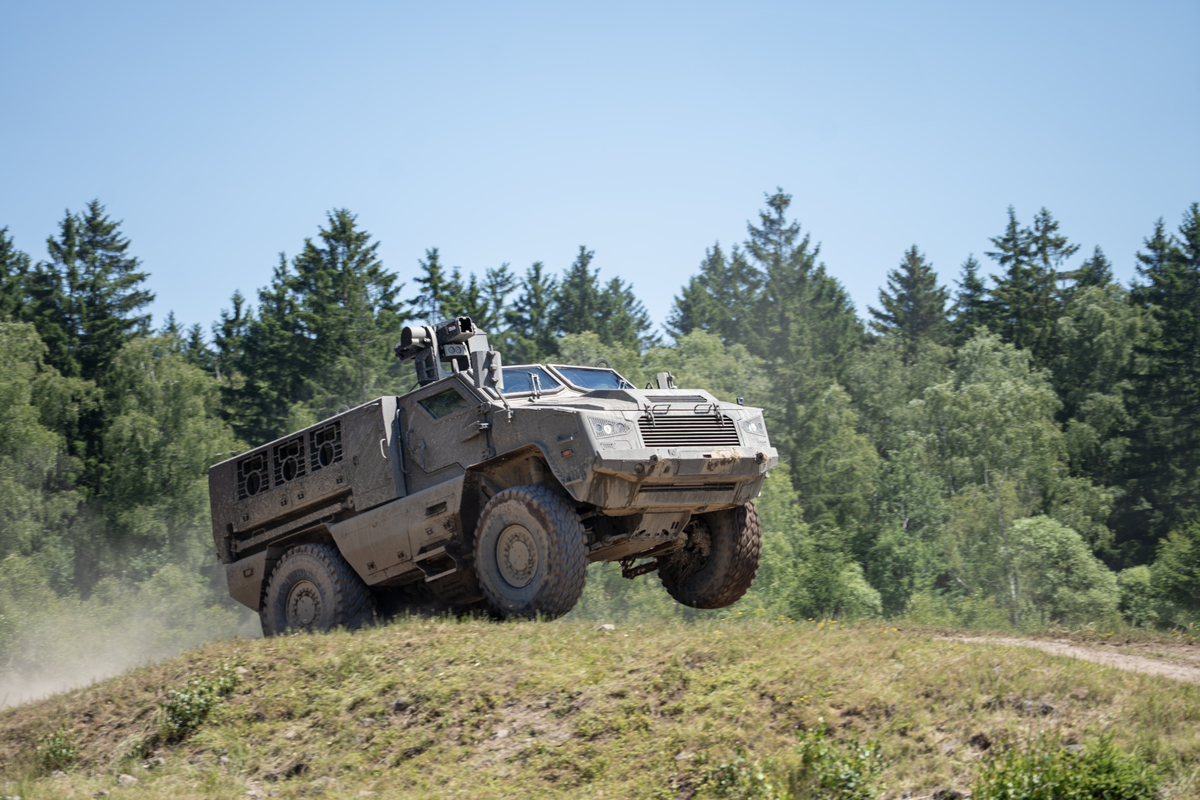
We were interested in the climatic conditions in which the vehicle had already been deployed. "It has been used at high altitudes, at low air temperatures, at heights of up to 16,000 feet. But also in desert areas and in the jungle, where there is a lot of mud and a lot of rain. So it has basically been through all extremes," Deon Grobler told our editorial team.
Flyer 72 Heavy Duty
In addition to the GOLEM vehicle, the Flyer 72 Heavy Duty light tactical vehicle, developed for US SOCOM special forces (Green Berets, SEALS, MARSOC, and others), was also on display at Bahna. The Flyer has seen combat in Afghanistan, Iraq, and Syria, where special forces and paratroopers have completed literally thousands of operations in it.
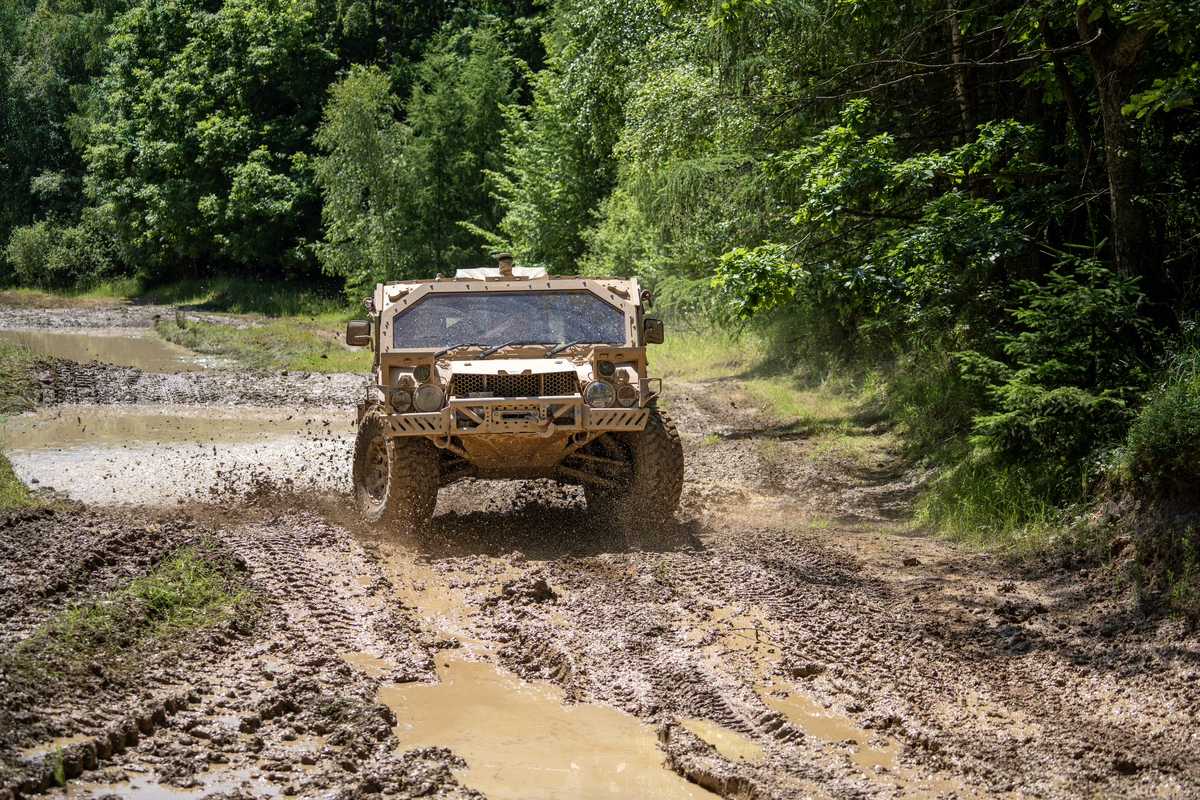
The Flyer 72 Heavy Duty vehicle is designed for deployment behind enemy lines, where it can operate for several days, including support for the entire crew. It is very fast in the field and can reach speeds of up to 70 kilometers per hour. On the road, it can reach speeds of over 150 km/h. The vehicle allows a machine gun to be mounted on each door (the driver sits in the center at the front, which increases the crew's firepower), as well as in the main crew and unmanned weapon stations, including a 12.7 mm machine gun, a 30 mm helicopter cannon, an MK-19 or MK-47 automatic grenade launcher, or Javelin or Spike anti-tank guided missiles.
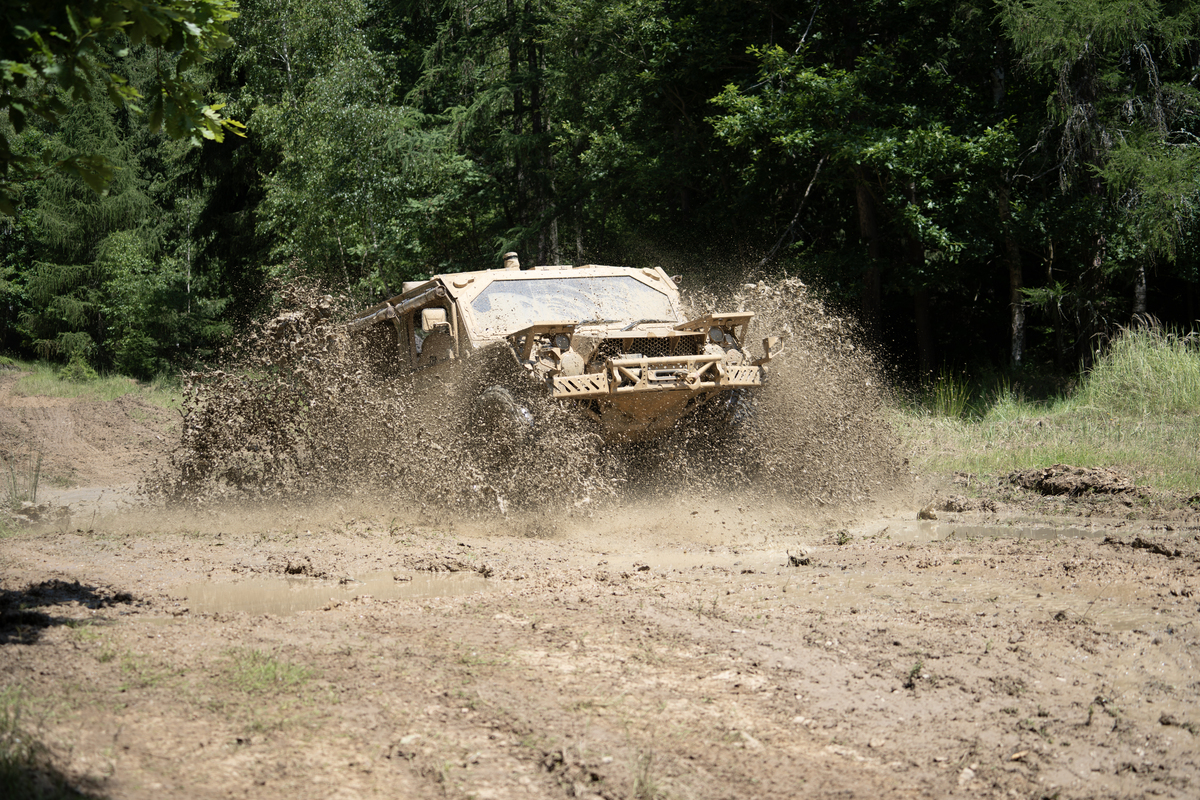
"The Flyer, albeit in a slightly modified form, is also in service today in Ukraine with the Ukrainian special forces fighting against the Russian occupation, and the feedback coming from the Ukrainian battlefield is excellent. Since October 7, 2023, this vehicle has also been deployed by Israeli special forces, where it is used in various operations not only in Gaza and Lebanon. The Israeli Defense Forces is also very satisfied with the Flyer, so we are pleased that we can not only represent this vehicle in the Czech Republic, but also be its industrial partner," says Ivo Strejček.
Like the GOLEM, the vehicle can be transported in aircraft such as the C-130 Hercules, Airbus A-400, and KC-390 Millennium, with the option of parachute deployment or suspension under a CH-47 helicopter.
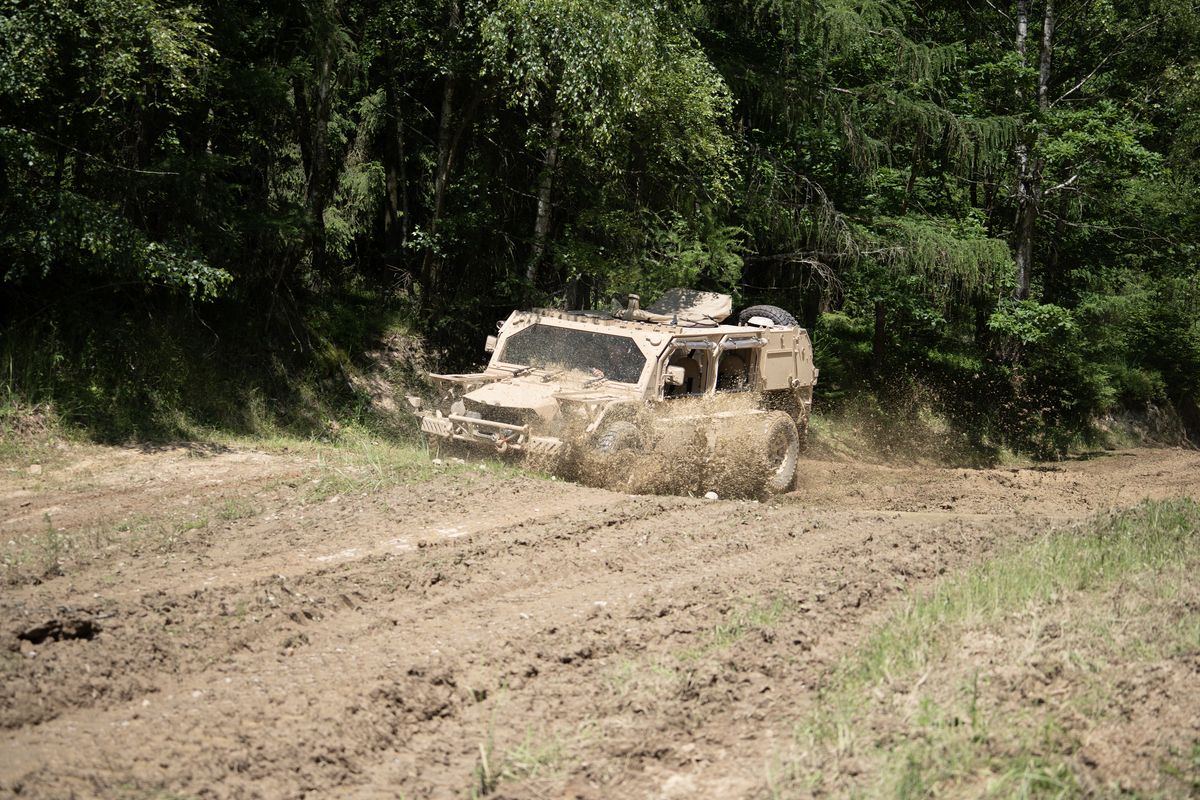
The second generation of the Flyer 72 Heavy Duty vehicle was presented at this year's Bahnech, and we were interested in seeing what improvements it offers over the first generation. "At first glance, the second generation looks the same as the previous one, but it is more robust, so you can drive on rougher terrain. The main difference between the older and newer versions is the much better suspension. We also replaced the tires because we wanted to increase the payload. The vehicle itself weighs 3.3 tons and can now carry 2.8 tons — almost its own weight," explains Ivan Usuelli, Field Support Representative at Flyer Defense.
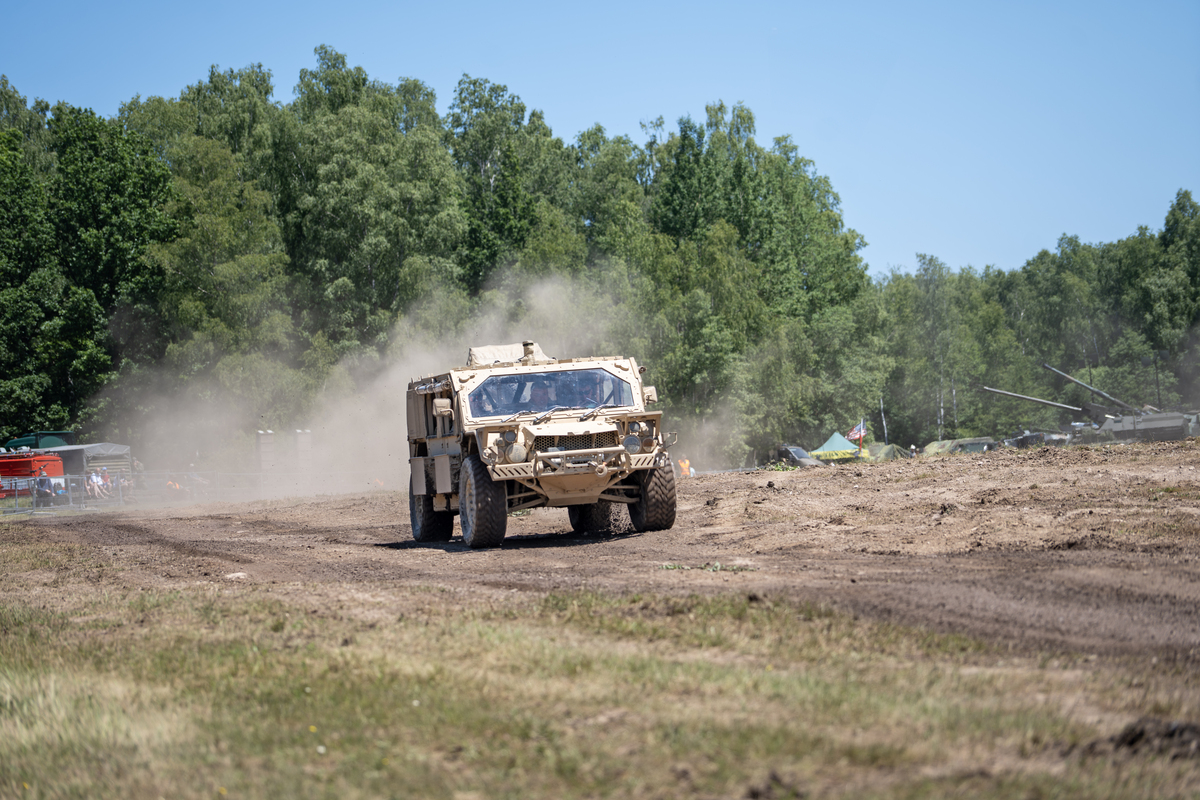
As we have already mentioned, the driver's seat in the Flyer is located in the middle, which increases the crew's firepower. Ivan Usuelli describes the advantages of center steering as follows: "The central position of the driver allows for three seats in the front, as the vehicle is relatively wide. This means you have two additional people who can help the driver if he has a problem and cannot drive. Both can hold the steering wheel and save the entire vehicle."
